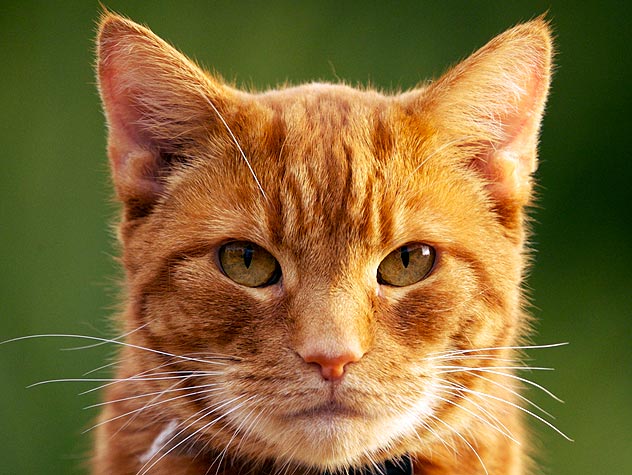Stamp: Manx Cat at Tynwald Hill (Isle of Man 2023)
Manx Cat at Tynwald Hill (Isle of Man 2023)
26 October (Isle of Man ) within release Christmas 2023 : Winter Wildlife of Isle of Man (2023) goes into circulation Stamp Manx Cat at Tynwald Hill face value 2.31 Manx pound
| Stamp Manx Cat at Tynwald Hill in catalogues | |
|---|---|
| Colnect codes: | Col: IM 2023.10.26-05 |
Stamp is square format.
Also in the issue Christmas 2023 : Winter Wildlife of Isle of Man (2023):
- Stamp - Grey Seal at Laxey Bay face value 2.72;
- Stamp - Grey Seal at Laxey Bay face value Various;
- Stamp - Loaghtan Sheep and Cregneash face value Various;
- Stamp - Loaghtan Sheep at Cregneash face value 1;
- Stamp - Manx Cat at Tynwald Hill face value 2.31;
- Stamp - Manx Cat at Tynwald Hill face value Various;
- Stamp - Mountain Hare at Peel Castle face value 1.28;
- Stamp - Mountain Hare at Peel Castle face value Various;
- Stamp - Puffin at The Sound face value 1.51;
- Stamp - Puffin at The Sound face value Various;
- Stamp - Robin at Old Ballaugh Church face value 80;
- Stamp - Robin at Old Ballaugh Church face value Various;
Stamp Manx Cat at Tynwald Hill it reflects the thematic directions:
The domestic cat (Latin: Felis catus) is a small, typically furry, carnivorous mammal. They are often called house cats when kept as indoor pets or simply cats when there is no need to distinguish them from other felids and felines. Cats are often valued by humans for companionship and for their ability to hunt vermin. There are more than 70 cat breeds, though different associations proclaim different numbers according to their standards.
Cats are similar in anatomy to the other felids, with a strong flexible body, quick reflexes, sharp retractable claws, and teeth adapted to killing small prey. Cat senses fit a crepuscular and predatory ecological niche. Cats can hear sounds too faint or too high in frequency for human ears, such as those made by mice and other small animals. They can see in near darkness. Like most other mammals, cats have poorer color vision and a better sense of smell than humans. Cats, despite being solitary hunters, are a social species and cat communication includes the use of a variety of vocalizations (mewing, purring, trilling, hissing, growling, and grunting), as well as cat pheromones and types of cat-specific body language.
Christmas or Christmas Day (Old English: Crīstesmæsse, meaning "Christ's Mass") is an annual festival commemorating the birth of Jesus Christ, observed most commonly on December 25 as a religious and cultural celebration among billions of people around the world. A feast central to the Christian liturgical year, it is prepared for by the season of Advent or the Nativity Fast and initiates the season of Christmastide, which historically in the West lasts twelve days and culminates on Twelfth Night; in some traditions, Christmastide includes an Octave. The traditional Christmas narrative, the Nativity of Jesus, delineated in the New Testament says that Jesus was born in Bethlehem, in accordance with messianic prophecies; when Joseph and Mary arrived in the city, the inn had no room and so they were offered a stable where the Christ Child was soon born, with angels proclaiming this news to shepherds who then disseminated the message furthermore. Christmas Day is a public holiday in many of the world's nations, is celebrated religiously by the vast majority of Christians, as well as culturally by a number of non-Christian people, and is an integral part of the holiday season, while some Christian groups reject the celebration. In several countries, celebrating Christmas Eve on December 24 has the main focus rather than December 25, with gift-giving and sharing a traditional meal with the family.
A monument is a type of structure that was explicitly created to commemorate a person or event, or which has become relevant to a social group as a part of their remembrance of historic times or cultural heritage, due to its artistic, historical, political, technical or architectural importance. Examples of monuments include statues, (war) memorials, historical buildings, archaeological sites, and cultural assets. If there is a public interest in its preservation, a monument can for example be listed as a UNESCO World Heritage Site. The Palgrave Encyclopedia of Cultural Heritage and Conflict gives the next definition of monument:



